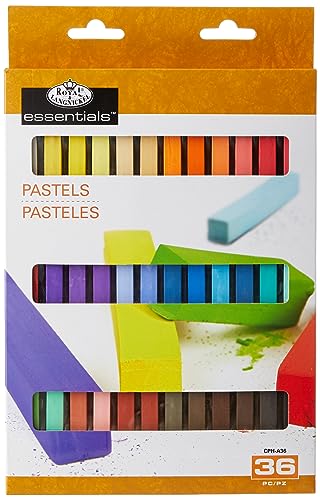Using a Workable Fixative
Soft pastels are a versatile and popular medium among artists due to their vibrant colors and ability to blend easily. However, one common challenge when working with soft pastels is their tendency to smudge and smudge easily. This is where fixative comes in handy. Fixative is a solution that is sprayed or brushed onto a finished pastel artwork to help seal the pigments and prevent them from smudging. While fixative is a popular option, there are also a few alternatives that artists can consider.
Using a Soft Pastel Sealer
A soft pastel sealer is a specialized spray that is designed for sealing pastel artwork. Unlike regular fixatives, soft pastel sealers are specifically formulated to work with soft pastels and help preserve their unique qualities, such as the softness and texture. These sealers can be used both during the work in progress and after the artwork is completed. They provide a similar sealing effect as fixatives, but with the added advantage of being specifically designed for soft pastels.
Using Hairspray
Hairspray is a commonly suggested alternative to fixative for artists working with soft pastels. Many artists swear by using hairspray as a fixative substitute due to its accessibility and affordability. However, it is important to note that not all hairsprays are suitable for use as a fixative. When using hairspray, it is recommended to choose an aerosol hairspray with a fine mist and a low alcohol content. It is also advisable to do a test on a small portion of the artwork before applying it all over.
Using an Alcohol Solution
Another alternative to fixative is using an alcohol solution. Alcohol can be particularly effective in sealing soft pastels and preventing smudging. To use this method, dilute rubbing alcohol with water, creating a solution that is approximately 50% alcohol and 50% water. Next, use a spray bottle or brush to apply the solution gently on the artwork. It is important to apply the solution lightly, as too much can cause the pigments to dissolve or run. Additionally, it is recommended to test this method on a small area before applying it to the entire artwork to ensure compatibility.
Using Fixative Sheets or Sprays
Fixative sheets or sprays, such as the ones made by brands like Senellier and Pan Pastel, are another alternative to traditional fixatives. Fixative sheets are special papers coated with a fixative solution that can be gently rubbed onto the pastel artwork to help set the pigments. Fixative sprays, on the other hand, are applied by spraying them directly onto the artwork. Both options work well for preventing smudging and preserving the vibrancy of the colors in soft pastel artwork. However, it is important to follow the manufacturer’s instructions when using these products.
Using a Varnish
While fixatives and sealers are commonly used for preserving pastel artwork, another alternative is using a varnish. Varnish is typically used to protect and enhance the appearance of oil or acrylic paintings, but it can also be used on soft pastel artwork. Applying a thin layer of varnish can help seal the pigments and protect the artwork from smudging. It is important to choose a varnish that is specifically made for use on pastels and follow the manufacturer’s instructions for application.






